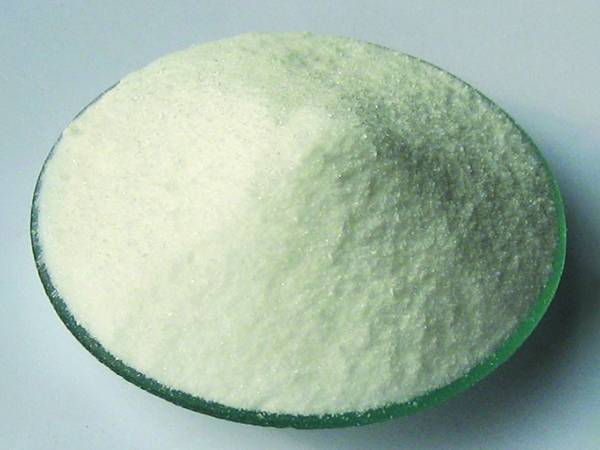



Lead Nitrate Precipitation Reaction Analysis for Enhanced Chemical Understanding and Applications
The Precipitation Reaction of Lead Nitrate An Insight into Chemistry
Lead nitrate (Pb(NO3)2) is a soluble salt that plays a significant role in various chemical reactions, particularly in precipitation reactions. Precipitation reactions occur when two soluble ionic compounds react to form an insoluble compound, also known as a precipitate. In the case of lead nitrate, it can react with other ionic compounds to form different precipitates, showcasing fundamental principles in chemistry.
One of the most classic examples of lead nitrate's precipitation reaction involves its interaction with potassium iodide (KI). When these two solutions are mixed, a vivid yellow precipitate of lead(II) iodide (PbI2) forms. The balanced chemical equation for this reaction can be expressed as
\[ \text{Pb(NO}_3\text{)}_2 (aq) + 2 \text{KI} (aq) \rightarrow \text{PbI}_2 (s) + 2 \text{KNO}_3 (aq) \]
In this equation, (aq) denotes aqueous solutions, while (s) indicates the formation of a solid precipitate. Lead iodide is insoluble in water, which is why it appears as a yellow solid that can be observed in the reaction mixture.
lead nitrate precipitation reaction

The formation of precipitates is a crucial part of various applications in chemistry, including analytical methods for detecting specific ions in solutions. The yellow lead iodide is often used in such applications, making it a fundamental demonstration in teaching chemistry concepts. The formation of a precipitate signifies a change in the reaction environment, leading to the conclusion that a chemical transformation has occurred.
The precipitation reaction also illustrates the concept of solubility products (Ksp). Lead(II) iodide's low solubility in water results in a low Ksp, indicating that at a certain concentration, any additional lead or iodide ions will result in the formation of the solid precipitate. This principle is vital in many fields, such as environmental chemistry, where understanding the solubility of various compounds can lead to better management of contaminants.
Moreover, studying the precipitation of lead nitrate and other salts is not only limited to laboratory settings but also extends to real-world applications, including water treatment methods and the formulation of pigments in paint. Awareness of such reactions is essential in fields ranging from environmental science to art.
In conclusion, the precipitation reaction of lead nitrate exemplifies key chemical principles such as solubility, ionic interactions, and the dynamics of chemical reactions. Its relevance spans both educational and practical applications, making it a valuable subject in the study of chemistry. As we explore the fascinating world of chemical reactions, the simple yet profound process of precipitation continues to hold importance in both scientific research and industrial practices.
-
Why Sodium Persulfate Is Everywhere NowNewsJul.07,2025
-
Why Polyacrylamide Is in High DemandNewsJul.07,2025
-
Understanding Paint Chemicals and Their ApplicationsNewsJul.07,2025
-
Smart Use Of Mining ChemicalsNewsJul.07,2025
-
Practical Uses of Potassium MonopersulfateNewsJul.07,2025
-
Agrochemicals In Real FarmingNewsJul.07,2025
-
Sodium Chlorite Hot UsesNewsJul.01,2025










